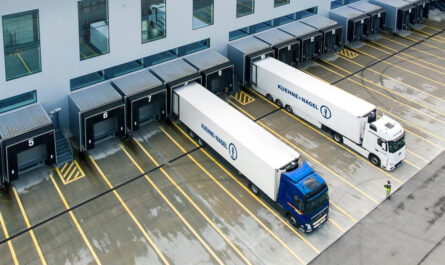
Edge computing enables processing data and applications closer to where they are being consumed, like factory floors, transportation hubs, retail environments and more. It helps optimize computing to be closer to sources of data that are being generated by millions of internet-connected devices. Edge networks play an important part in enabling low latency applications like industrial automation, autonomous vehicles, augmented and virtual reality. Edge computing delivers real-time responsiveness and feedback by processing data where it is generated before transmitting it to centralized systems. This reduces bandwidth usage and latency issues. With 5G promising higher bandwidth and lower latency, it will complement edge computing infrastructure. The proliferation of internet of things (IoT) devices will generate enormous amount of data that need to be processed quickly. Edge computing provides the processing power near these data sources to enable use cases like predictive maintenance in manufacturing plants.
The global Edge Computing Market is estimated to be valued at US$ 111.3 Bn in 2023 and is expected to exhibit a CAGR of 15% over the forecast period 2023 to 2030, as highlighted in a new report published by Coherent Market Insights.
Market key trends:
One of the key trends in the edge computing market is the increasing adoption of edge artificial intelligence. Edge AI refers to applying machine learning and deep learning techniques at the edge to analyze data where it is generated instead of sending it to centralized cloud servers. This helps reduce latency issues and provides real-time insights. Major companies are focusing on developing edge AI solutions for applications like predictive maintenance, autonomous navigation, augmented reality etc. Another major trend is the growing investments by telecom operators in edge infrastructure. Telecom giants like AT&T, Verizon, BT and others are partnering with edge computing technology providers to build edge data centers at various locations and leverage their 5G networks to provide edge services on a large scale. This is expected to boost the adoption of edge computing across various industries over the coming years.
Porter’s Analysis
Threat of new entrants: The threat of new entrants is moderate as edge computing requires significant capital investment and technical expertise to build robust infrastructure and solutions.
Bargaining power of buyers: The bargaining power of buyers is moderate as edge solutions provide operational efficiency and cost savings to organizations. However, buyers have some influence in driving down prices.
Bargaining power of suppliers: The bargaining power of suppliers is low as the market has many solution and platform providers. Buyers can easily switch to alternative suppliers.
Threat of new substitutes: The threat of substitutes is low as edge computing complements cloud and on-premises solutions. It provides location advantages that others cannot replicate.
Competitive rivalry: The competitive rivalry is high amongst established players like Microsoft, Google, IBM, Huawei and Cisco due to their large market share and extensive product portfolios.
Key Takeaways
The global edge computing market is expected to witness high growth over the forecast period. The global Edge Computing Market is estimated to be valued at US$ 111.3 Bn in 2023 and is expected to exhibit a CAGR of 15% over the forecast period 2023 to 2030.
North America is currently the largest regional market for edge computing. Large enterprises in sectors such as manufacturing, oil and gas, healthcare are actively deploying edge solutions in the region. Europe is also expected to emerge as a major market for edge computing during the forecast period. This can be attributed to rising investments by telecom operators and hyperscalers in 5G infrastructure and edge data centers across major countries like Germany, UK and France. The roll out of private 5G networks will further drive the European edge computing market.
Key players operating in the edge computing market are Microsoft Corporation, Google LLC, IBM Corporation, Huawei Technologies Co. Limited, Cisco Systems Inc. Microsoft’s Azure Edge Zones, Google’s Anthos, and IBM’s Edge Application Manager are some of the dominant edge platforms used across industries. The entry of hyperscalers like Amazon with outsourced data processing units will intensify competition.
*Note:
- Source: Coherent Market Insights, Public sources, Desk research
- We have leveraged AI tools to mine information and compile it



